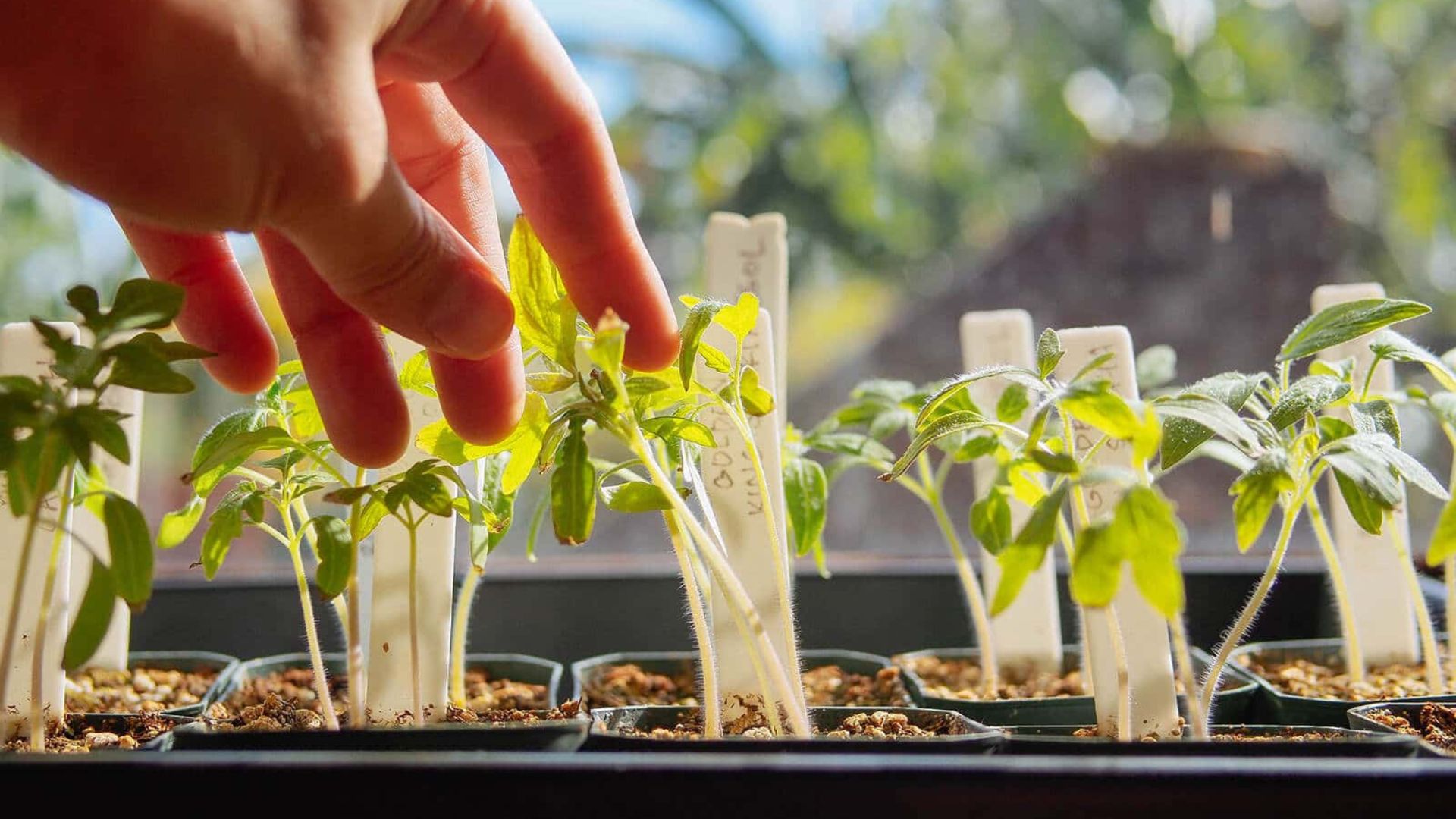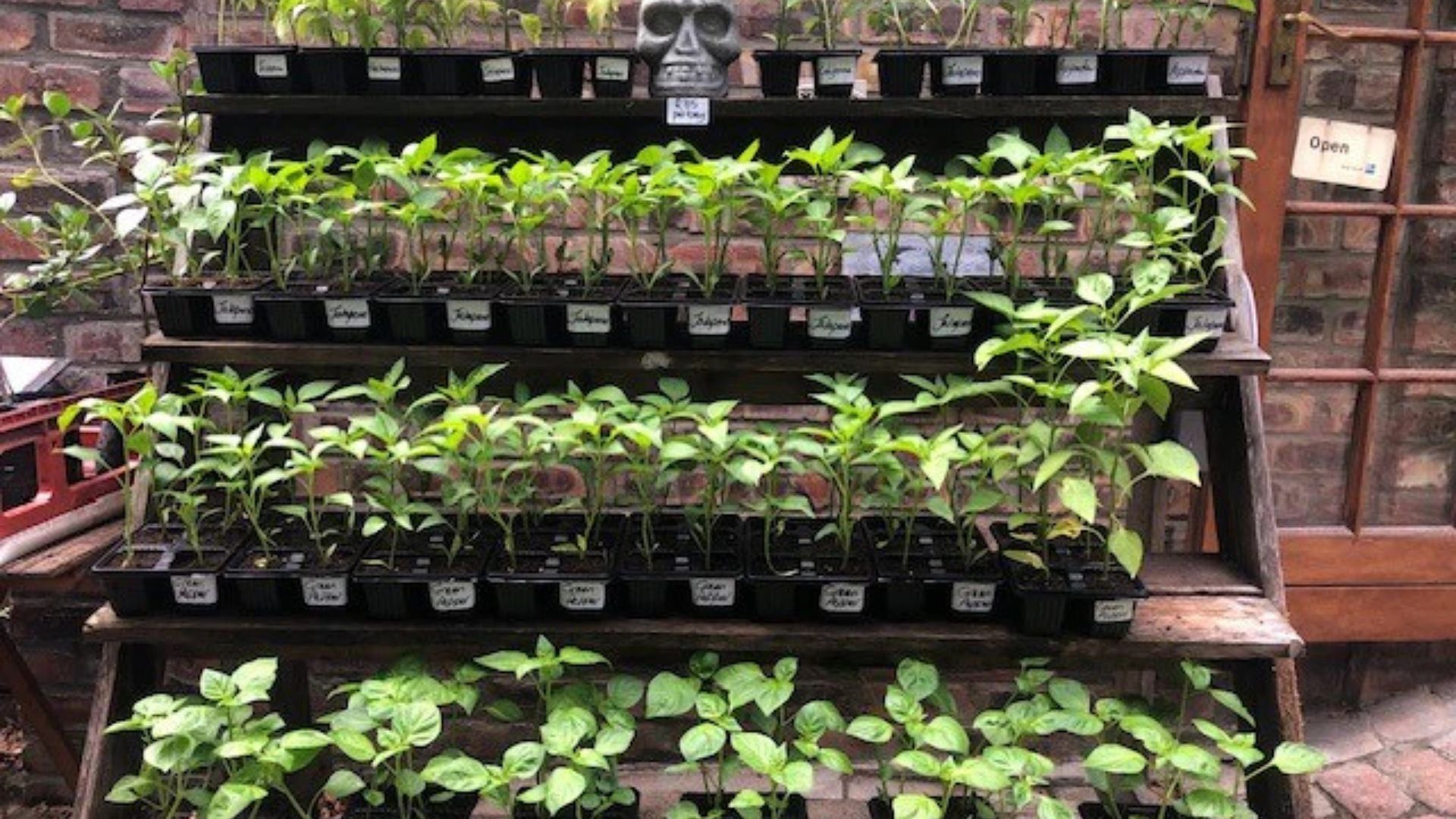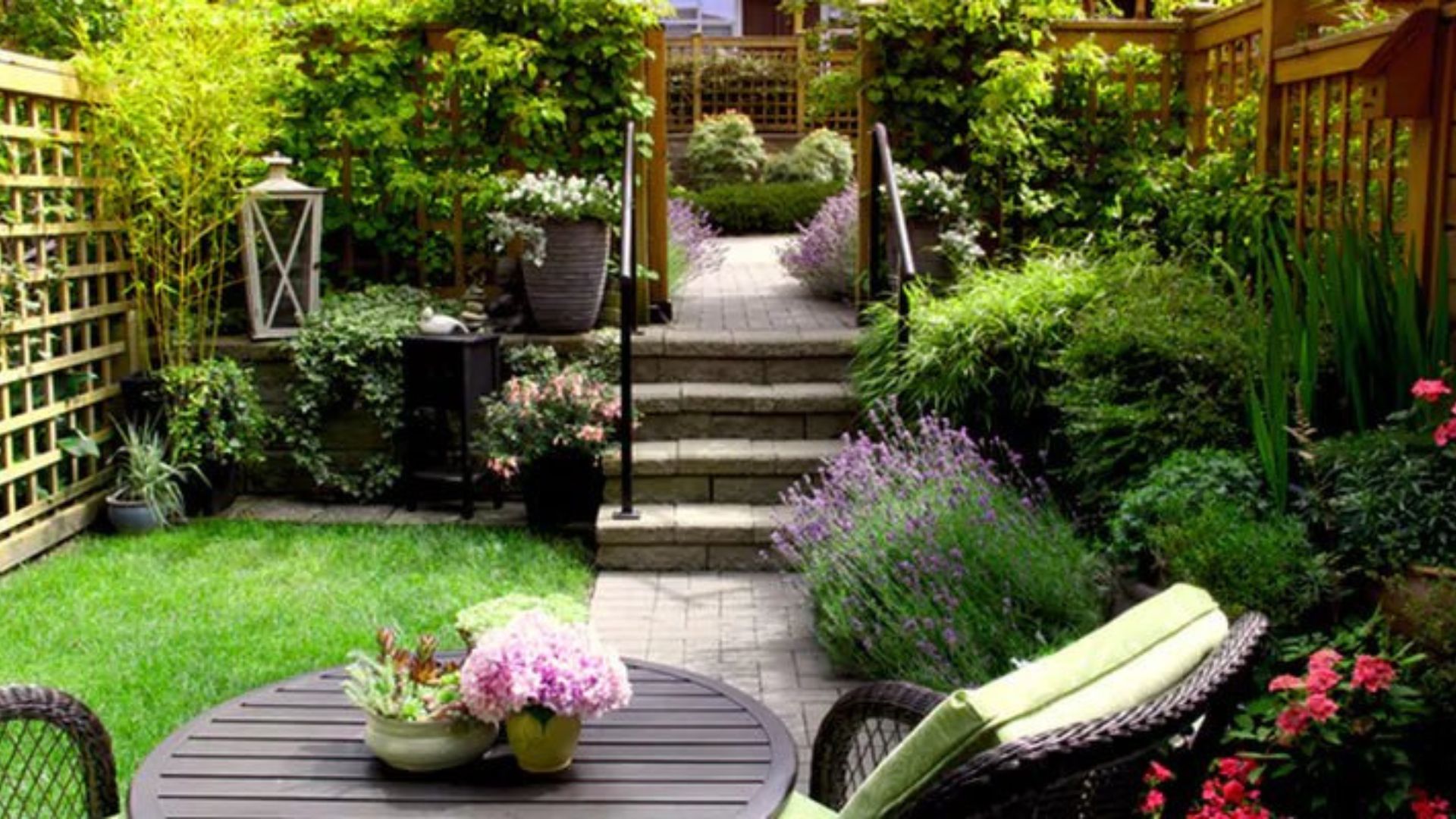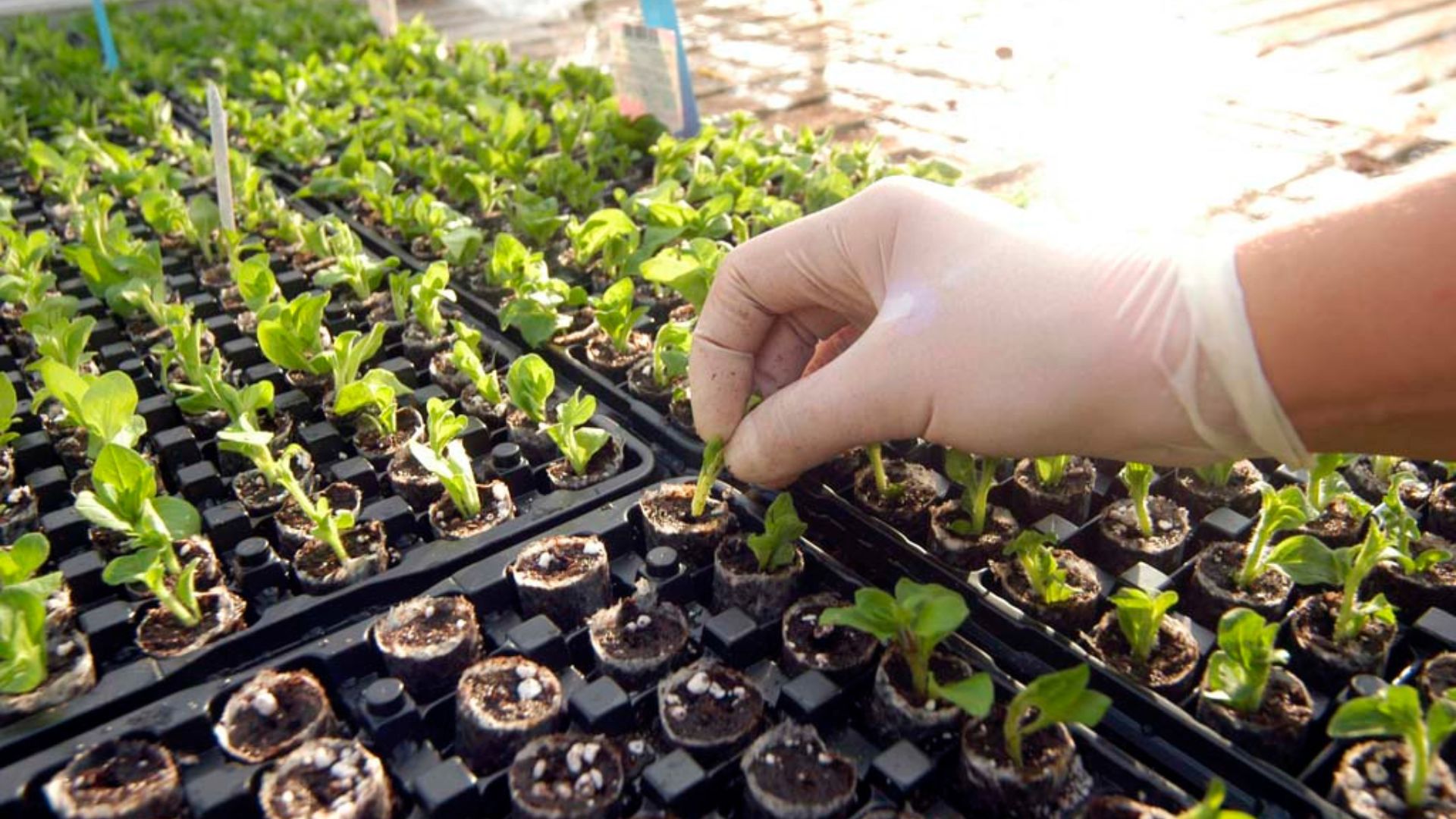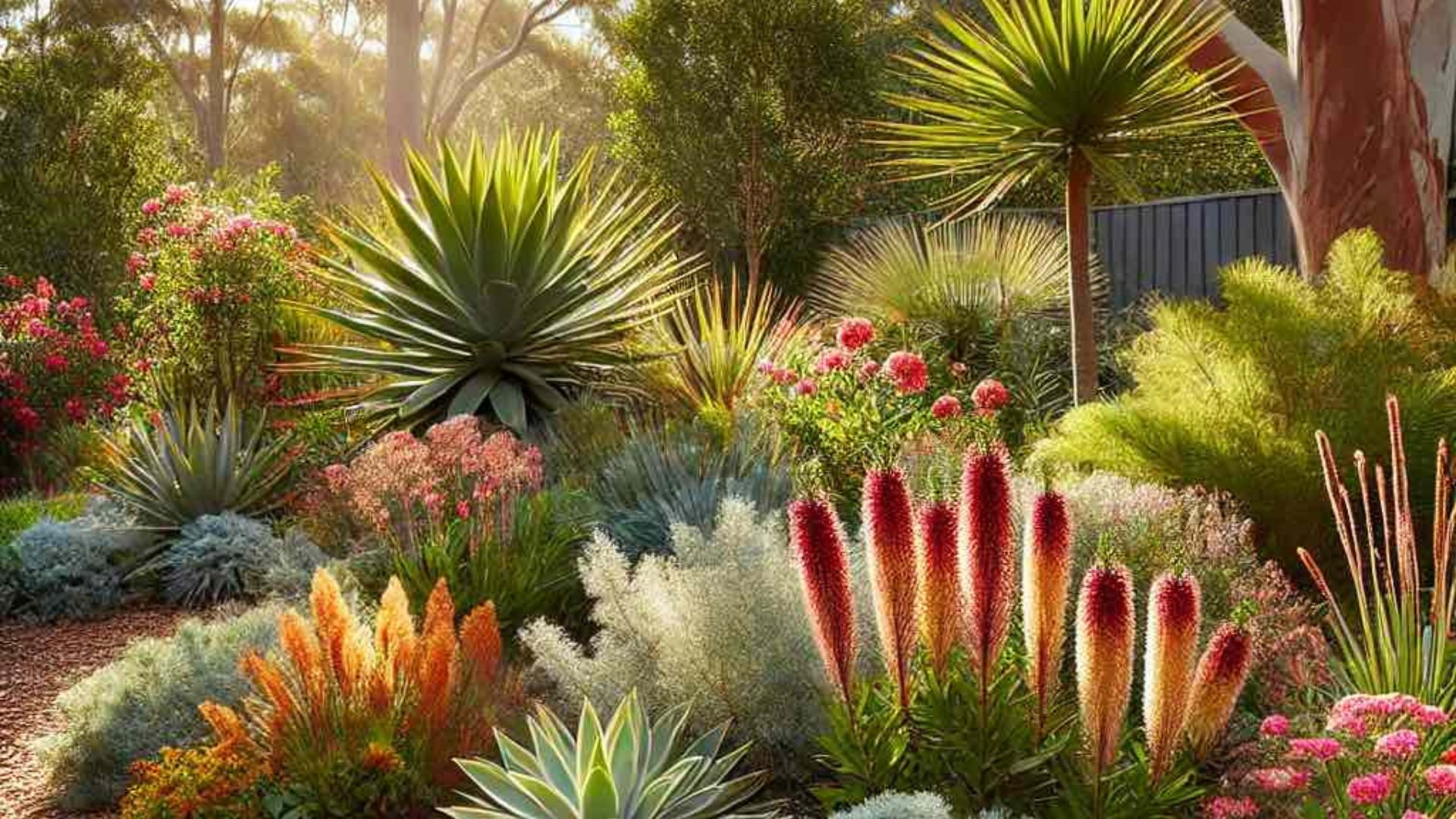Hardening off nursery seedlings is a critical process for ensuring young plants survive the transition from controlled indoor environments to outdoor conditions. Seedlings grown in greenhouses or indoors are often tender and sensitive to wind, sun, and fluctuating temperatures. By gradually acclimating them to outdoor conditions, gardeners strengthen plants, reduce transplant shock, and boost long-term growth.
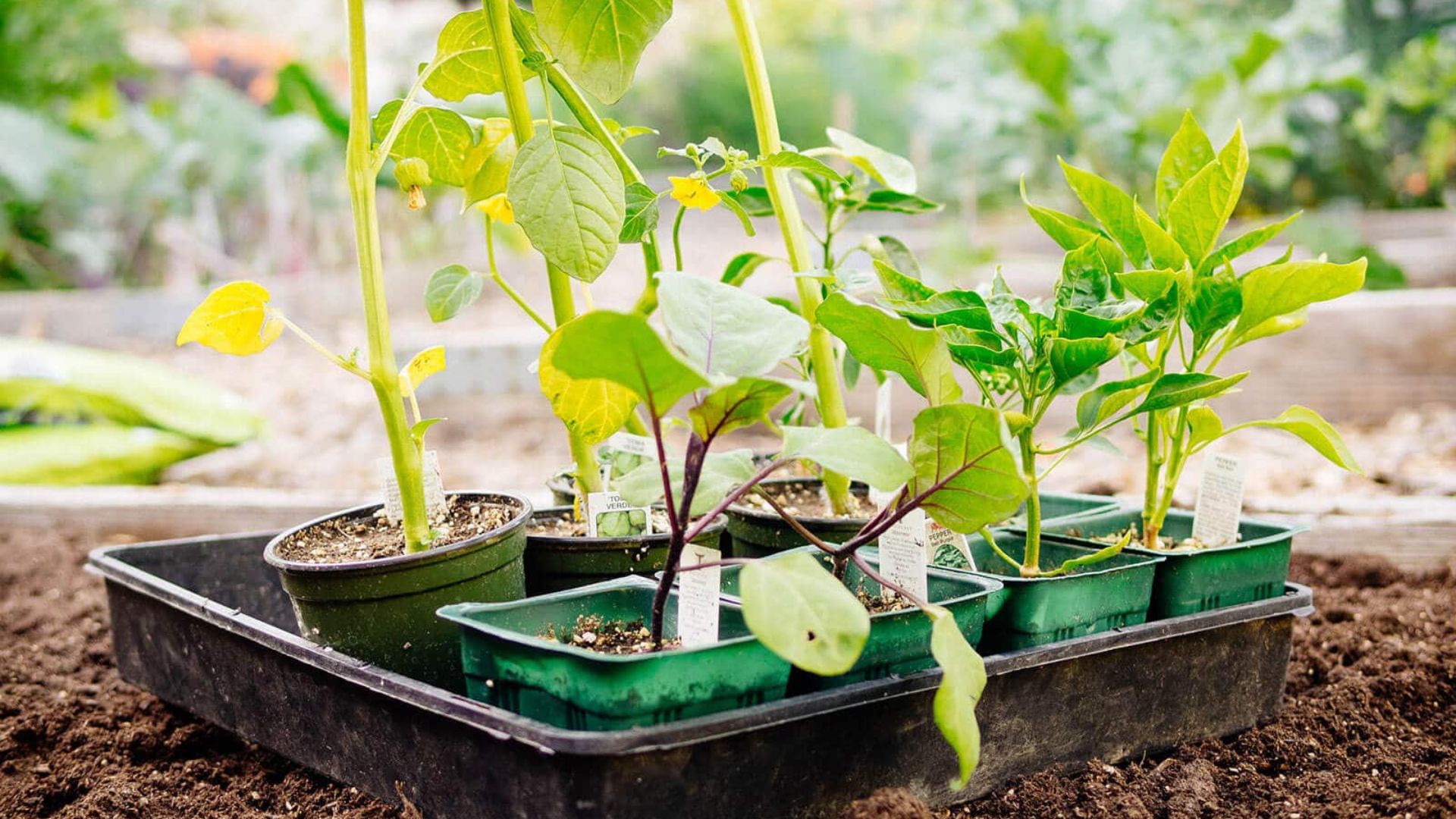
Understanding Hardening Off
Hardening off involves exposing seedlings gradually to natural conditions over days or weeks. The process adjusts plants to sunlight, temperature changes, and outdoor airflow. Moreover, this step reduces stress, improves root strength, and increases resistance to pests and diseases. Effective hardening ensures that seedlings remain healthy once planted in gardens, beds, or containers.
Timing and Preparation
Choose seedlings that are sturdy enough for hardening. Typically, they should have at least two sets of true leaves. Prepare a protected outdoor area with partial shade, shelter from strong winds, and easy access to water. By planning carefully, gardeners follow proper hardening off nursery seedlings methods and set the stage for success.
Gradual Exposure Techniques
Start by placing seedlings outside for a few hours each day in a shaded location. Increase exposure time by one to two hours daily while gradually introducing morning sun. Monitor the plants closely, and return them indoors if extreme weather occurs. This gradual exposure prevents sunburn, dehydration, and leaf damage, key principles in hardening off nursery seedlings.
Adjusting for Temperature
Young seedlings are sensitive to temperature fluctuations. Avoid exposing them to frost or excessive heat. Nighttime protection, such as covering with cloth or placing in a sheltered spot, is essential. By controlling temperature stress, gardeners help seedlings build resilience and adapt effectively to outdoor conditions.
Watering During Hardening Off
Water seedlings carefully while hardening off. Keep soil consistently moist but avoid waterlogging. Seedlings may dry out faster outdoors due to wind and sun exposure. Adjust watering frequency as plants adapt to outdoor conditions. Proper hydration supports root growth and prevents wilting, making it a crucial step in hardening off nursery seedlings.
Monitoring Plant Health
Observe seedlings for signs of stress, including leaf yellowing, drooping, or sunburn. Adjust placement, shade, or watering as needed. Regular monitoring ensures that seedlings transition smoothly, minimizing losses and encouraging strong establishment once planted in permanent locations.
Grow Your Garden with Aradhya Nursery
AradhyaNursery.com offers a wide selection of plants and gardening essentials to help your home bloom beautifully. From vibrant flowers to hardy shrubs, their quality stock ensures every garden thrives. For additional fun and rewards, check out the kingjohnnie Online platform. Enhance your gardening experience while exploring exciting opportunities online.
Transplanting After Hardening Off
Once seedlings have fully acclimated, they are ready for transplanting. Choose the right location with appropriate sunlight, soil type, and spacing. Handle seedlings carefully to avoid damaging roots. Proper transplanting after hardening off ensures high survival rates and continued vigorous growth, fulfilling one of the main goals of hardening off nursery seedlings.
Benefits of Hardening Off
Hardening off nursery seedlings offers several advantages:
-
Reduces transplant shock and stress.
-
Strengthens stems and roots for outdoor conditions.
-
Improves disease and pest resistance.
-
Promotes faster growth and higher survival rates.
These benefits highlight why this step is essential for gardeners who want healthy, resilient plants.
Conclusion
In conclusion, hardening off nursery seedlings is a vital process for preparing young plants for outdoor life. Gradual exposure to sunlight, wind, and temperature changes strengthens seedlings and reduces transplant shock. Proper timing, careful watering, temperature management, and monitoring are all key to success. By following these strategies, gardeners can ensure that their seedlings thrive, establishing strong roots, healthy foliage, and long-term growth. Implementing effective hardening off practices ensures a productive, resilient, and flourishing garden or nursery environment.






